While snagging a low-priced flight can feel like a major victory, the allure of cheap air travel often comes with hidden drawbacks. The true cost of these bargains affects not only travelers but also the environment and airline employees. Here’s a closer look at what those cheap plane tickets really mean:
1. Compromised Safety and Maintenance
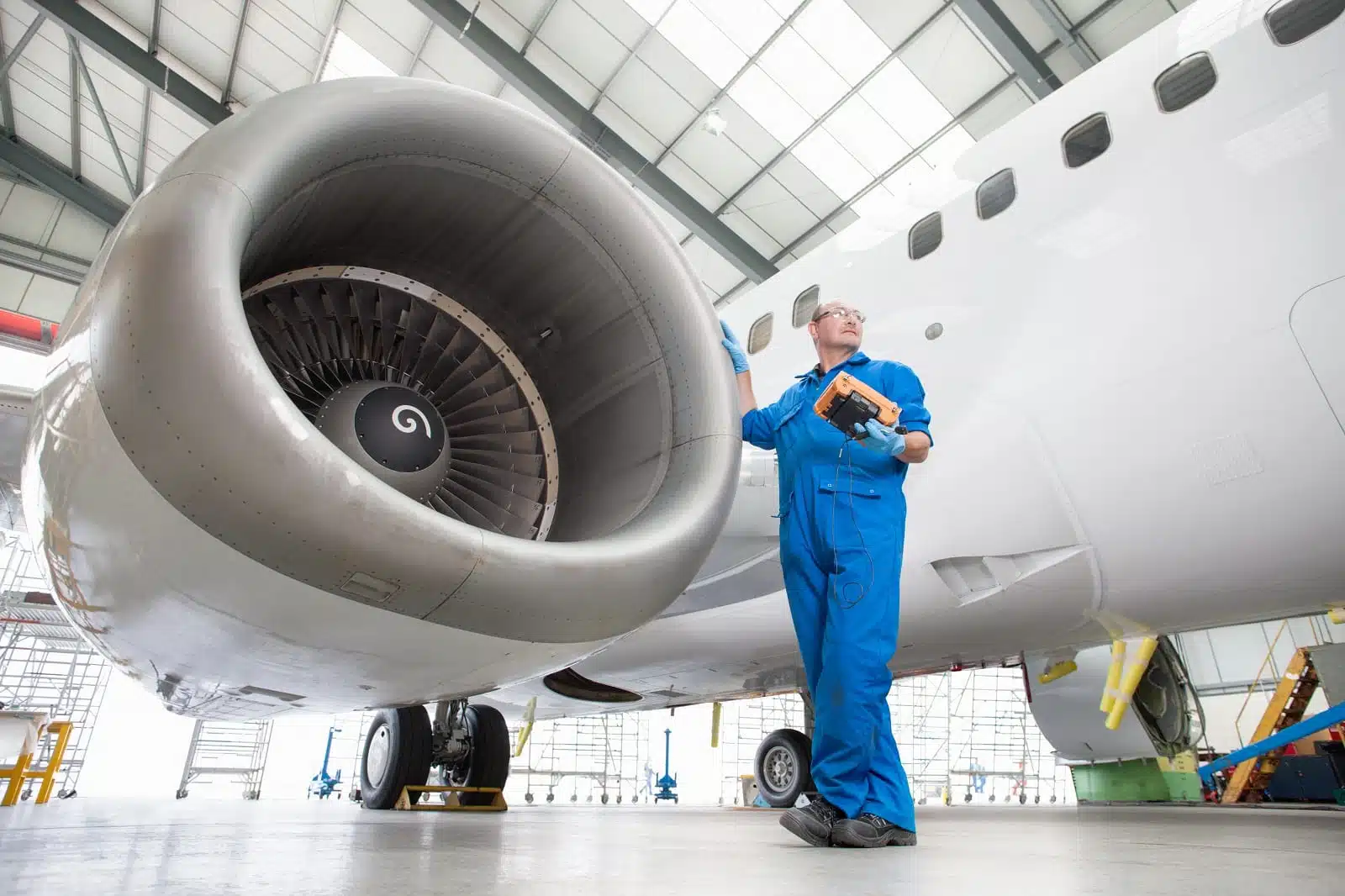
Image Credit: Shutterstock / Juice Flair
Airlines cutting costs might delay regular maintenance or opt for cheaper services, potentially compromising the safety and reliability of their aircraft. While regulations ensure a minimum safety standard, less frequent maintenance can lead to more wear and tear over time.
2. Lower Quality of Service

Image Credit: Shutterstock / Gorloff-KV
With budget airlines, the quality of service can take a hit. Fewer amenities, less legroom, and limited on-board services are common trade-offs for cheaper tickets. This bare-bones approach can significantly affect passenger comfort and satisfaction.
3. Hidden Fees and Charges

Image Credit: Shutterstock / NATNN
Low upfront costs are often misleading because of hidden fees. Charges for baggage, seat selection, printing boarding passes, and even on-board water can quickly add up, diminishing the initial savings.
4. Increased Environmental Impact
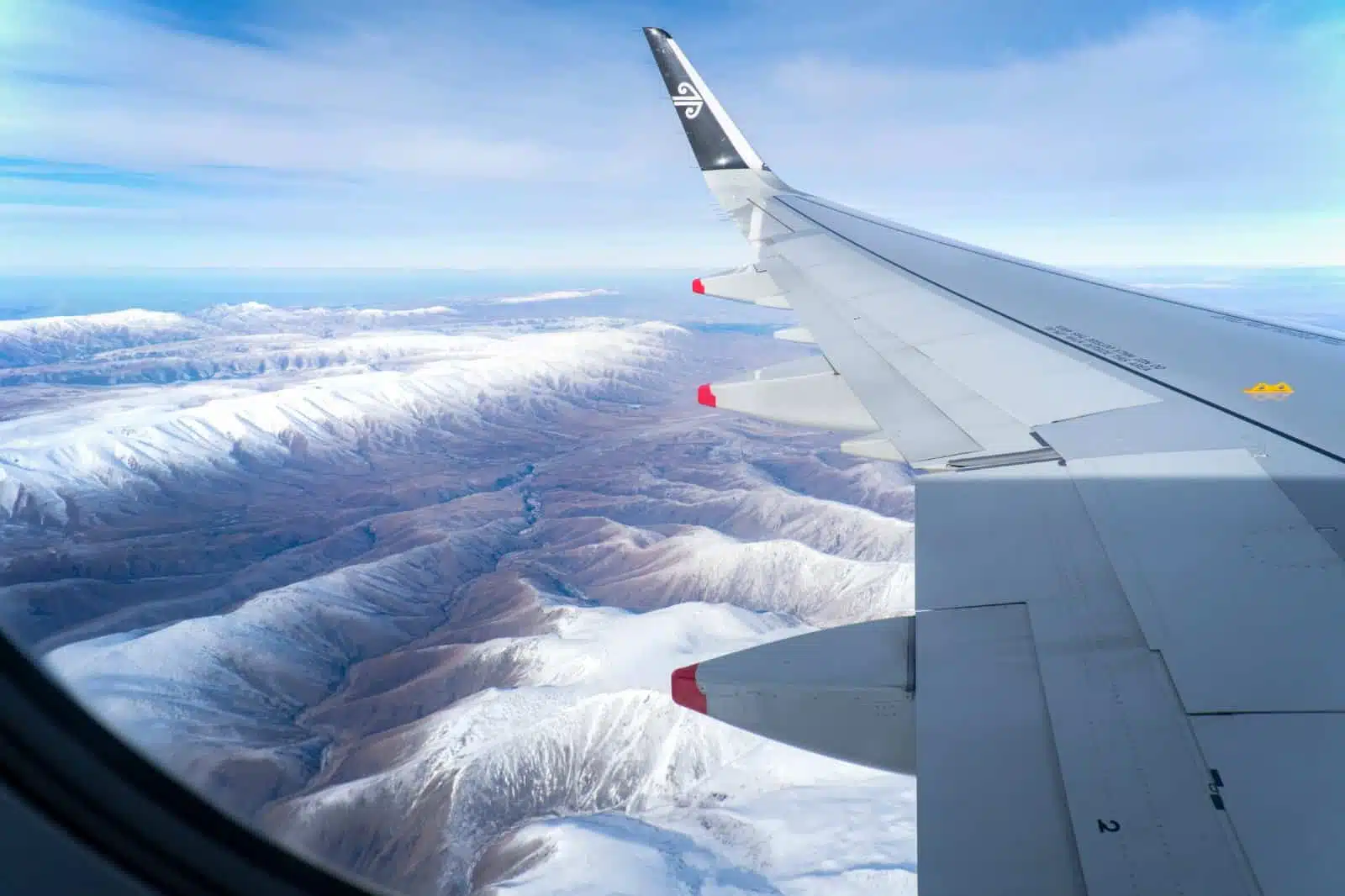
Image Credit: Shutterstock / Janice Chen
Cheap flights encourage more frequent flying and fuller planes, which increases carbon emissions. Budget airlines often use older, less fuel-efficient aircraft, exacerbating their environmental impact.
5. Overworked and Underpaid Staff
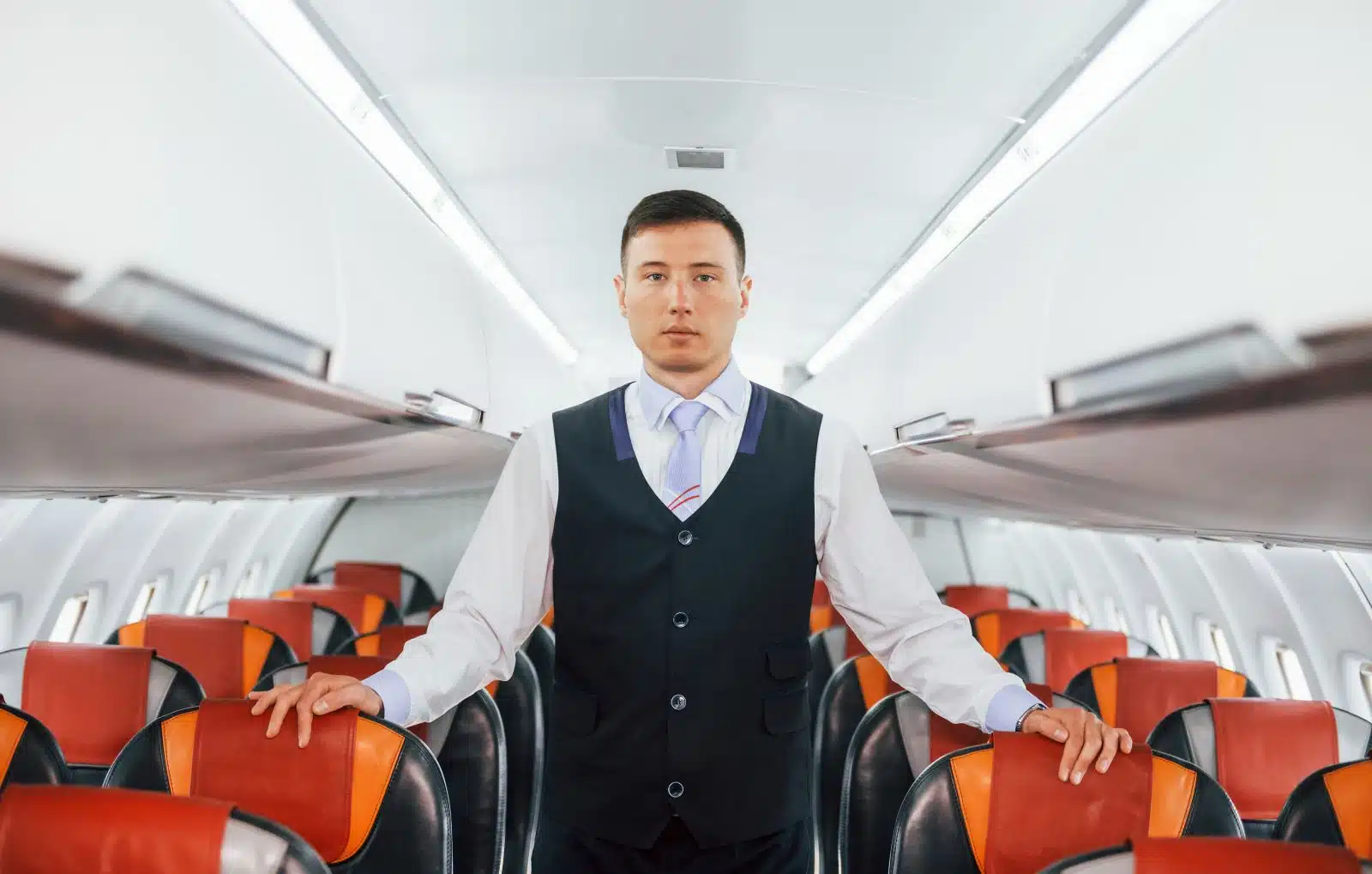
Image Credit: Shutterstock / Standret
To keep prices low, some airlines may pay lower wages and demand longer hours from their staff, leading to job dissatisfaction and high turnover. This can affect service quality and overall operational efficiency.
6. Impact on Local Infrastructure

Image Credit: Pexels / Lenita Tropical
Popular destinations can become overwhelmed by tourists attracted by low airfares, leading to crowded attractions and strained local resources like water and roads. This can deteriorate the quality of life for residents and the quality of experience for visitors.
7. Less Flexibility with Tickets

Image Credit: Shutterstock / PeopleImages.com – Yuri A
Cheaper tickets often mean stricter terms, with little to no flexibility for changes or cancellations without hefty fees. This can create additional stress and potential extra costs for travelers.
8. Economic Pressure on Traditional Airlines

Image Credit: Shutterstock / Skycolors
The rise of budget airlines puts financial pressure on traditional carriers to lower their standards or reduce routes. This can lead to less diversity in the airline industry and a potential decrease in service quality across the board.
9. Unsustainable Business Models

Image Credit: Shutterstock / Prostock-studio
Some budget airlines operate on razor-thin margins, making their business models unsustainable in the long term. This can lead to sudden bankruptcies or service disruptions, leaving travelers stranded or out of pocket.
10. Contributing to Over-Tourism
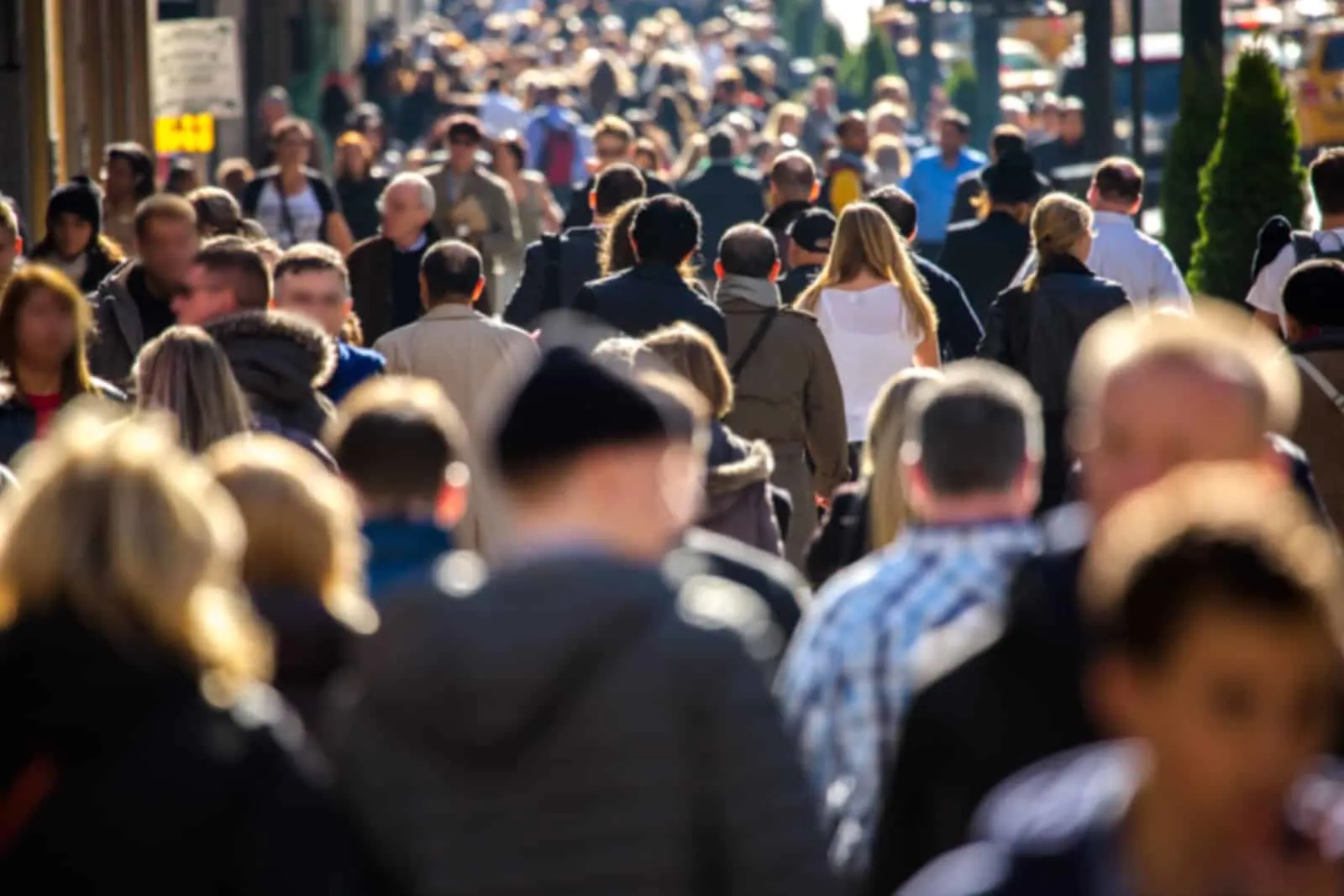
Image Credit: Shutterstock / blvdone
Cheap flights contribute to over-tourism in popular destinations, which can harm local cultures and environments. The charm and authenticity of a place can be overshadowed by the influx of tourists, leading to potential restrictions and backlash.
11. Reduced Investment in Customer Service

Image Credit: Shutterstock / christinarosepix
To cut costs, airlines may invest less in customer service training and resources. This can lead to a frustrating experience when issues arise, such as delays or cancellations, with minimal support available to passengers.
12. Economic Exploitation of Destinations

Image Credit: Shutterstock / R.M. Nunes
Some airlines establish routes based on temporary profitability without regard for long-term impacts on the destinations. This can lead to economic exploitation, where local economies become overly dependent on fluctuating tourist numbers.
13. Quality of Airports
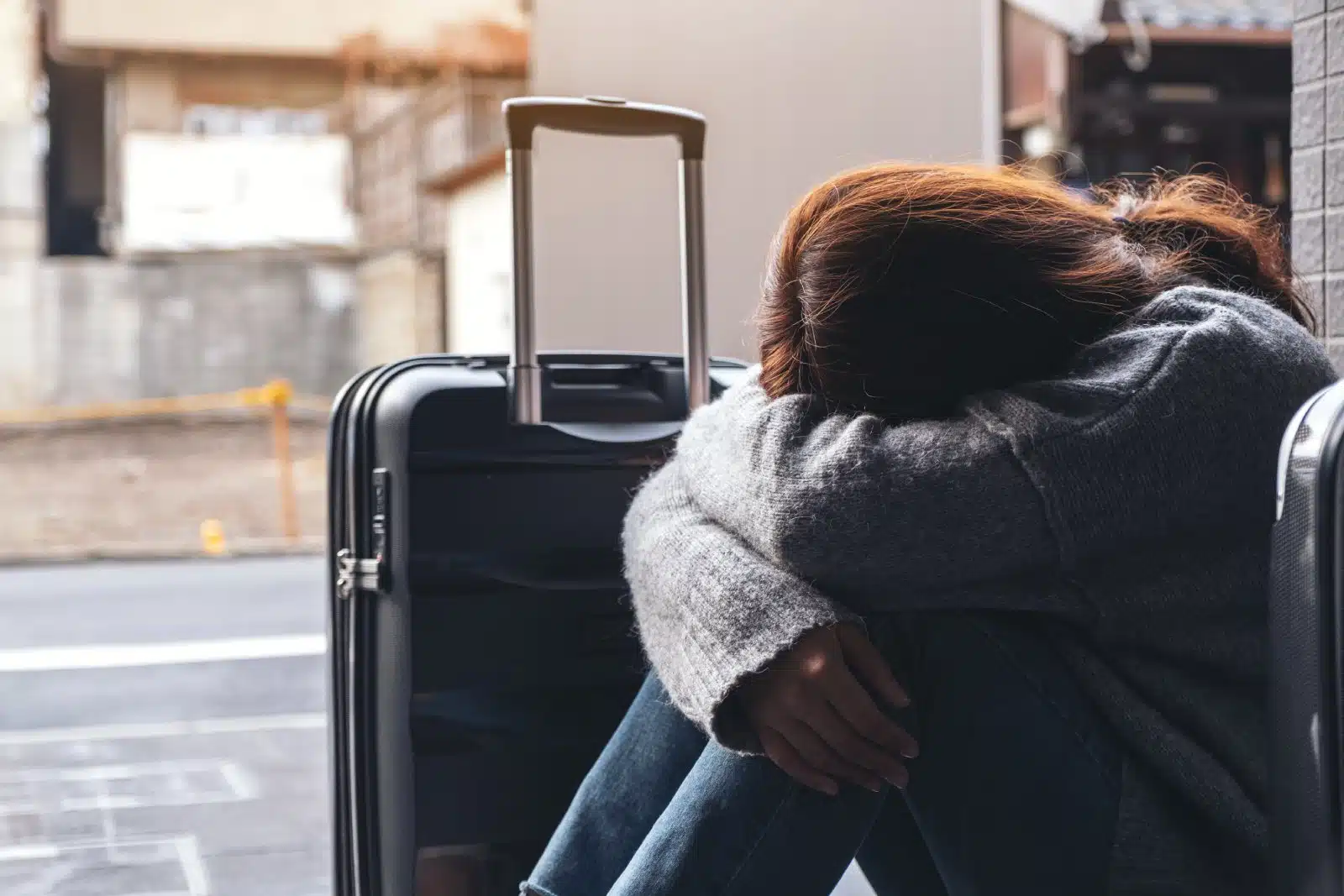
Image Credit: Shutterstock / Farknot Architect
Budget airlines often use smaller, less congested airports that are further from city centers. While this can mean fewer crowds, it also often results in longer transfers and potentially higher costs to reach your final destination.
14. Pressure on Air Traffic Control
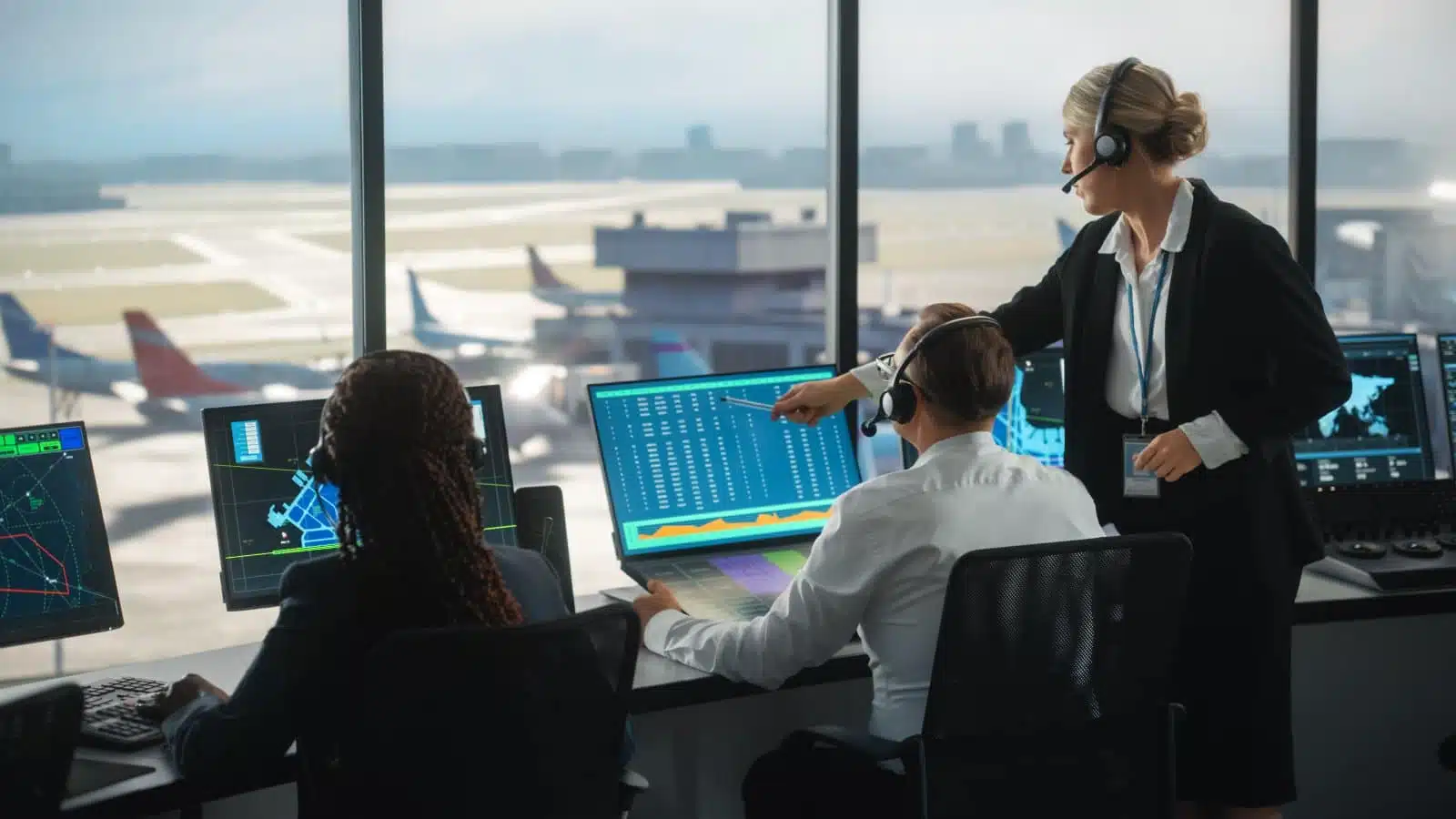
Image Credit: Shutterstock / Gorodenkoff
An increase in flights, especially in popular air corridors, places more pressure on air traffic control systems. This can lead to delays, increased holding times in the air, and greater fuel consumption.
15. Health Risks
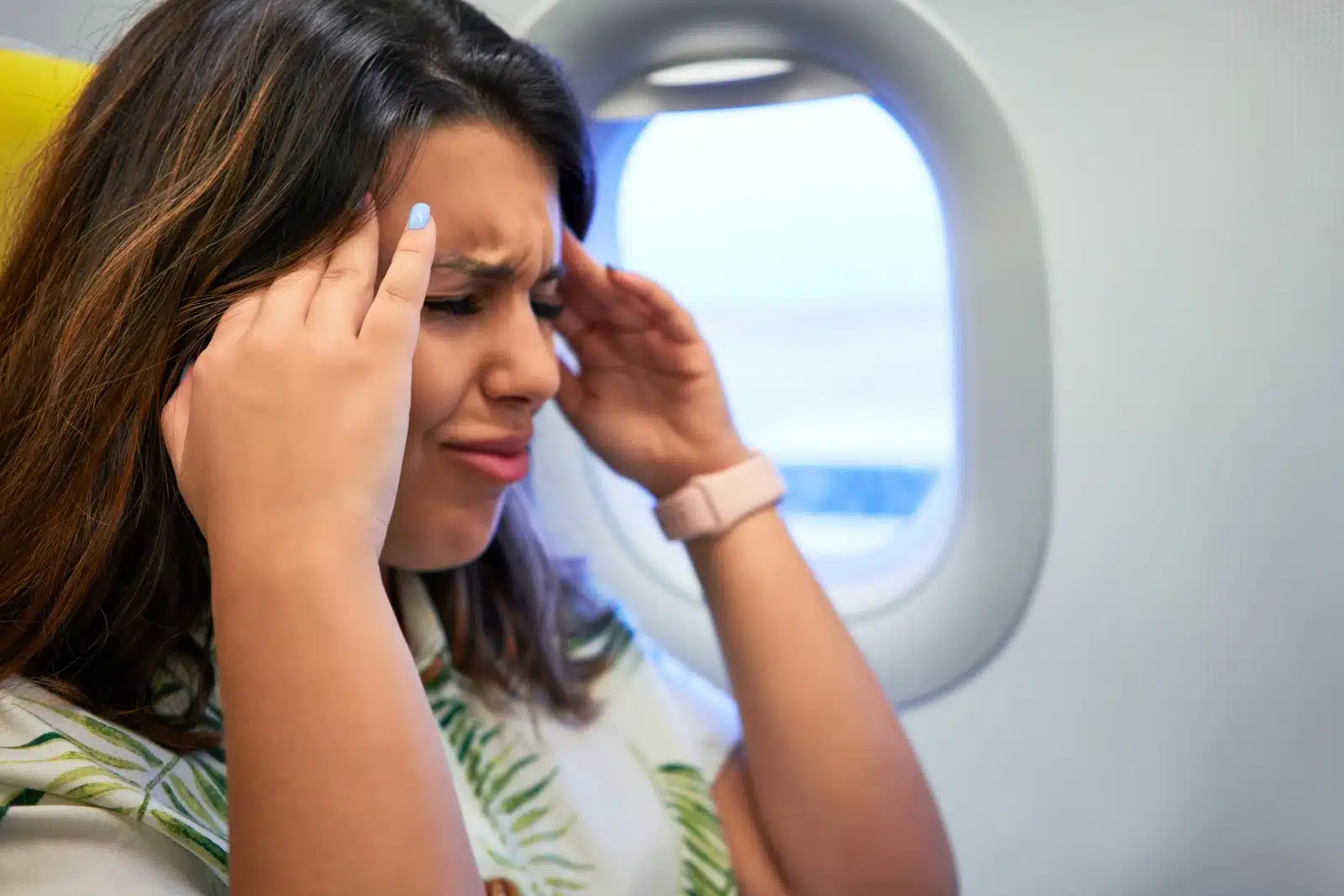
Image Credit: Shutterstock / Krakenimages.com
The tight seating and limited mobility on cheaper flights can increase health risks, such as deep vein thrombosis. The stress associated with basic services and crowded conditions can also impact mental and physical health.
The Dark Side
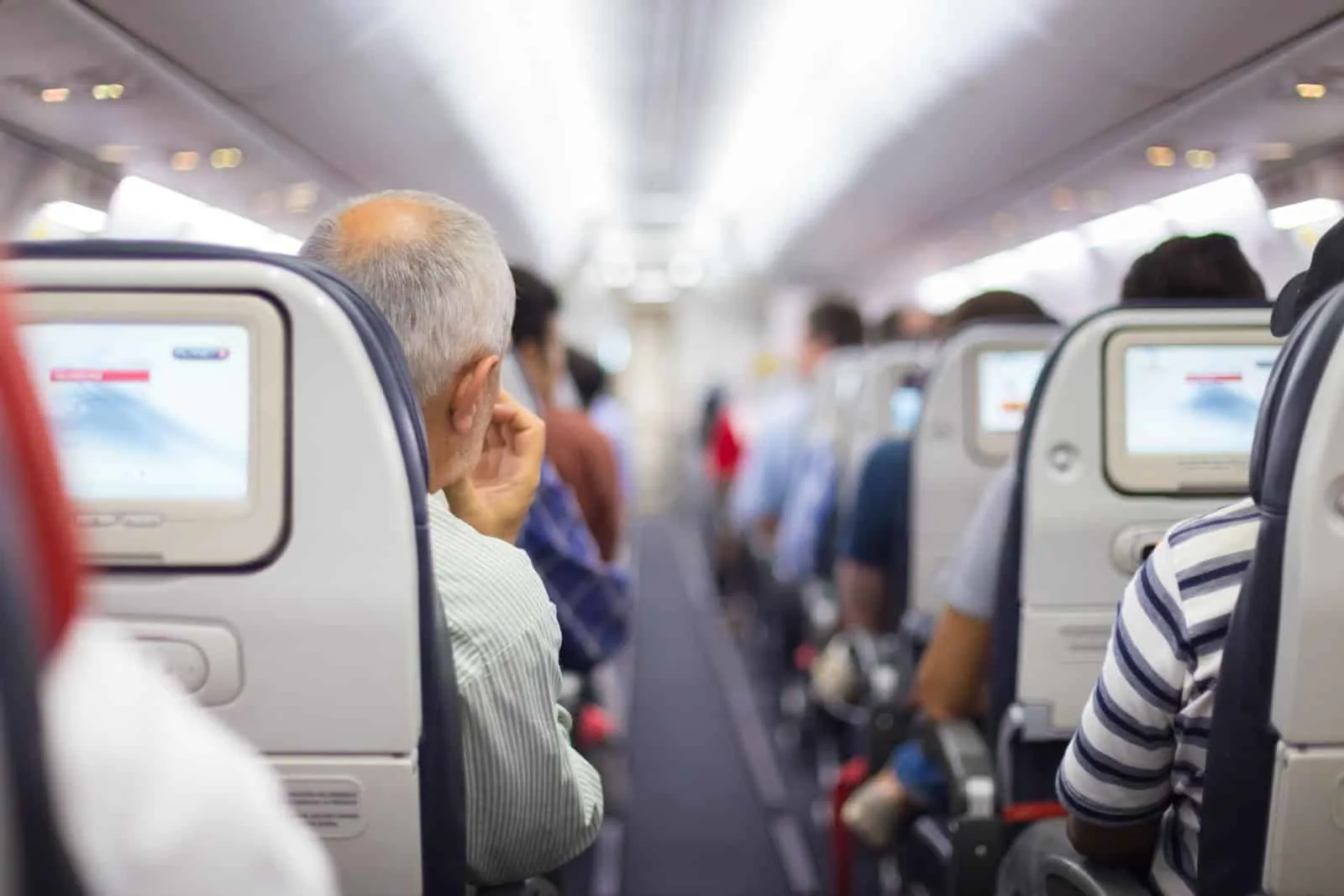
Image Credit: Shutterstock / Matej Kastelic
The seemingly great deals of cheap air travel come with complex costs that go beyond the ticket price. Understanding these hidden impacts can help travelers make more informed decisions that balance cost savings with quality and responsibility.
More From The Green Voyage
Top 10 Trending Travel Destinations 2024
6 Essential Banking Apps for International Travel – Managing Your Finances on the Go
Traveling With Kids – 10 Tips to Create Memorable Family Holidays
The post The Hidden Costs of Cheap Air Travel first appeared on The Green Voyage.
Featured Image Credit: Shutterstock / Bits And Splits.
For transparency, this content was partly developed with AI assistance and carefully curated by an experienced editor to be informative and ensure accuracy.
Tips for Trip Success
Book Your Flight
Find an inexpensive flight by using Kayak, a favorite of ours because it regularly returns less expensive flight options from a variety of airlines.
Book Your Hotel or Special Accommodation
We are big fans of Booking.com. We like their review system and photos. If we want to see more reviews and additional booking options, we go to Expedia.
You Need Travel Insurance!
Good travel insurance means having total peace of mind. Travel insurance protects you when your medical insurance often will not and better than what you get from your credit card. It will provide comprehensive coverage should you need medical treatment or return to the United States, compensation for trip interruption, baggage loss, and other situations.Find the Perfect Insurance Plan for Your Trip
